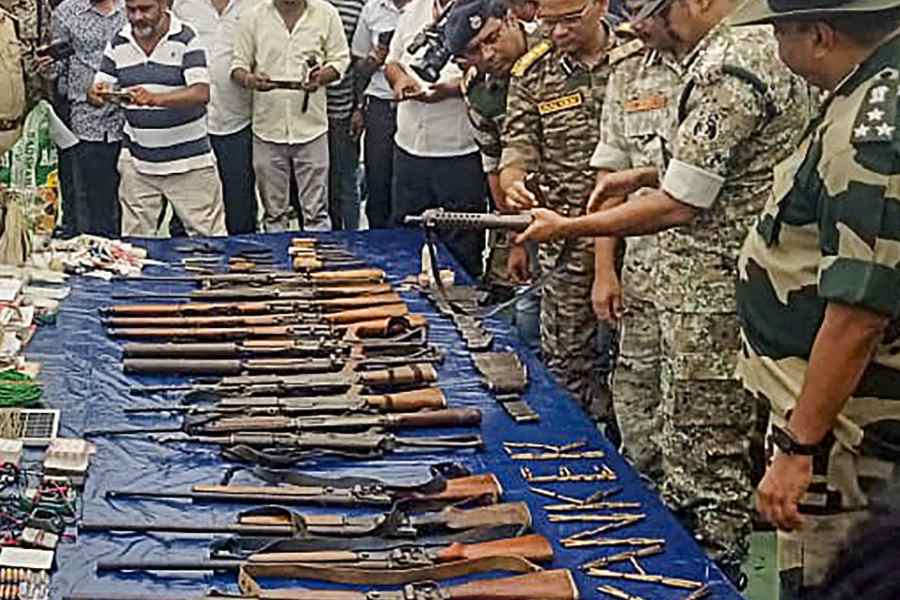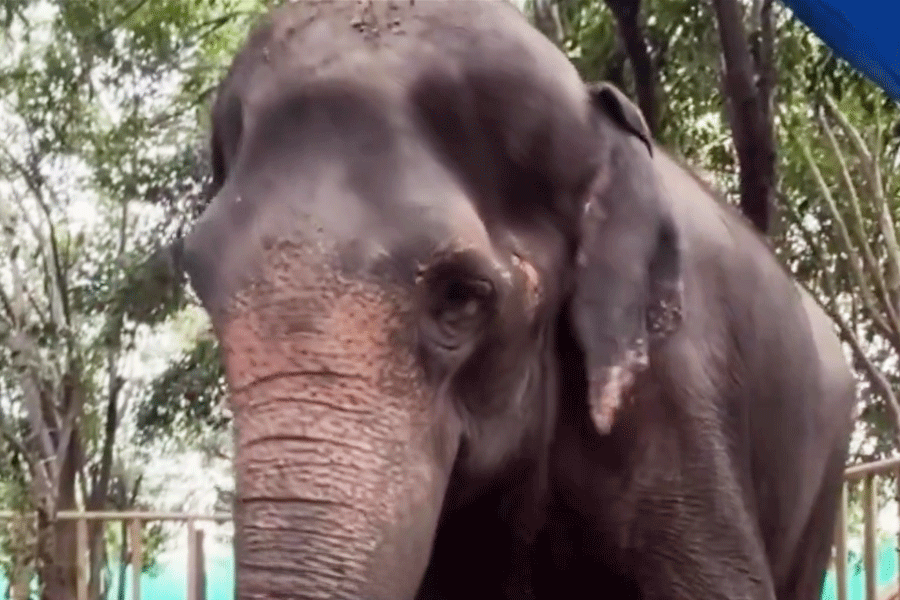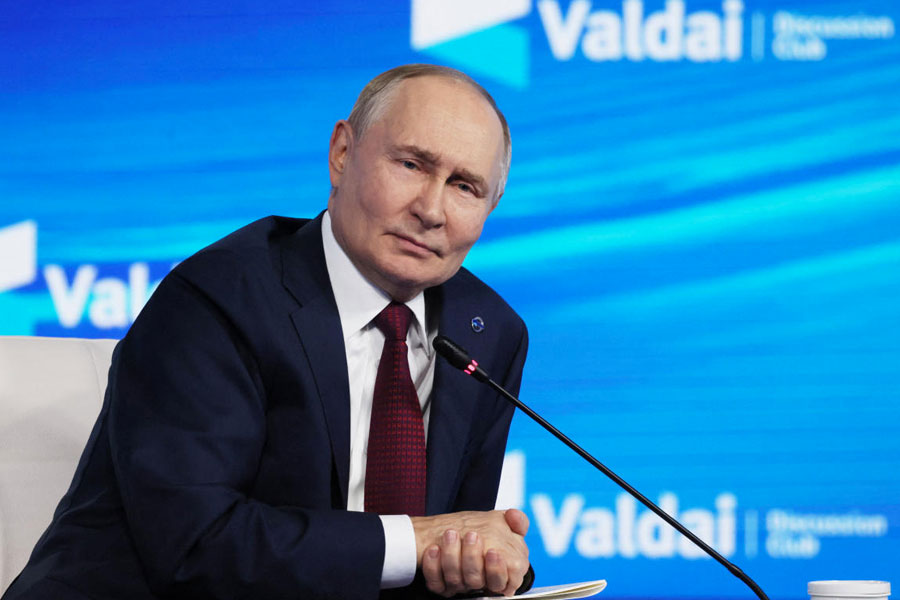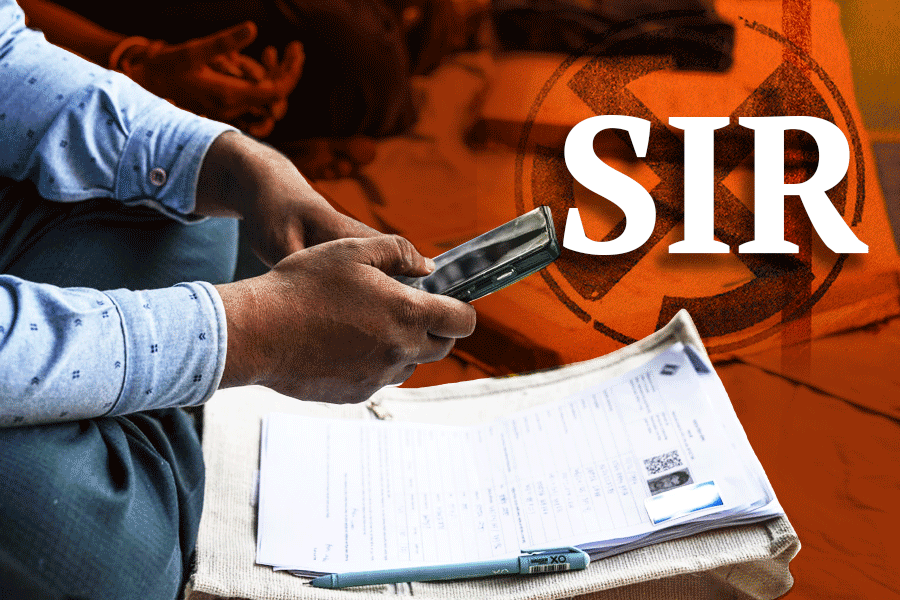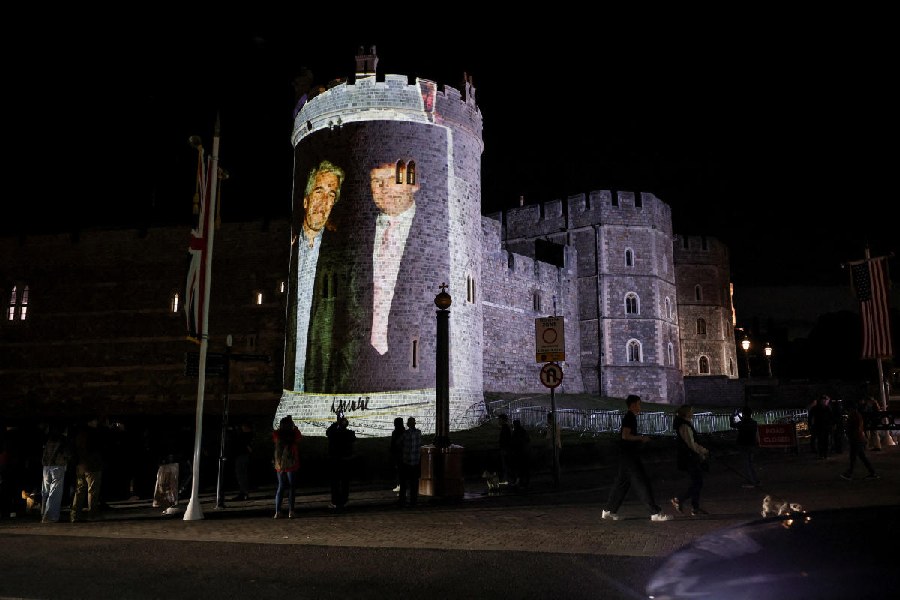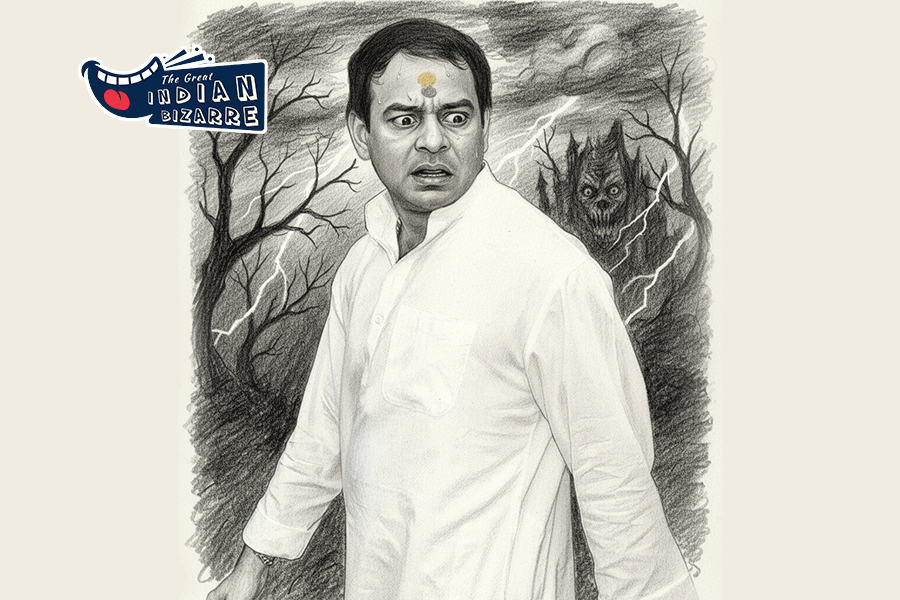On January 1, 2025, eleven Maoists gave up arms in Maharashtra’s strife-torn Gadchiroli district and surrendered before the chief minister, Devendra Fadnavis, in a pre-arranged event. Among them was the 62-year-old Vimala Sidam aka Tarakka, a woman rebel from the particularly vulnerable tribal group of Maadia, who took up arms over 40 years ago and led some of the most daring attacks on security forces. Tarakka headed the Dandakaranya Special Zonal Committee, mobilised and trained young men and women in Central Indian forests, and carried a bounty of Rs 25 lakh on her head while facing 66 cases.
Tarakka saw no point in continuing with the armed struggle after seeing a tectonic shift in the material and social life in the regions where she once moved around freely and fearlessly. She spoke of the events that led her to come out to local Marathi journalists. Among other factors, there were the waning moral universe within her own party — the banned outfit of the Communist Party of India (Maoist) — the security forces’ increasing might across the states, killings of her own comrades in police operations, her advancing age, and dwindling support from the local people.
Tens of Maoists, top leaders and others who kept the red flags aloft in the tribal hinterland have surrendered in Chhattisgarh, Maharashtra, Andhra Pradesh, Odisha, and Telangana as their striking power eroded and area of domination shrunk. Over 20 years ago, two major banned outfits of erstwhile Naxalites — the People’s War Group and the Maoist Communist Centre — merged to form the strong CPI(Maoist) and, in the following decade or so, carried out stunning attacks on the security forces and expanded their area of influence.
In two decades, over 2,000 personnel were killed in left-wing extremism, according to data from the Central government. Over 6,000 other killings were recorded of civilians and Maoists. What is more, between 2005 and 2015, Chhattisgarh saw the State turning the strife into a fratricidal war by arming the people against the rebels at the peak of the Salwa Judum campaign. In 2013, the Maoists wiped out the entire top leadership of the Chhattisgarh Congress.
That bloody page in the history of the forested tribal hinterland may finally be turning.
There has been little or no recruitment in the rebels’ forces, affecting the banned outfit in more ways than one. First, it affected their political mobilisation — the CPI(Maoist) looked at itself not merely as a liberation army but an ideological force that wanted to bring about the rule of masses through armed revolution. Second, heavy deployment of security forces in the redlands of Dandakaranya — nearly a million personnel, including para-military, home guards, local police, elite commandos and others since the launch in 2009 of Operation Green Hunt — pushed them back to the wall. Heavily fortified security camps dot the length and the breadth of what was once their impenetrable fortress. Third, the Centre and states have pumped in money into infrastructure and welfare delivery, disconnecting the rebels’ free movement.
While the Indian State may have largely pushed the Maoists into a corner, it does not change the oppressive processes that marginalise the poorest and the socio-economically lagging tribal masses. A certain degree of political vacuum still persists. The very conditions that helped the proliferation of the Maoists remain more or less the same: low human development indices, unbridled loot and extraction of natural resources, mass evictions and migrations, among other things. It is now on the Central and the state governments to make sure that the surrendered cadres and local tribal people do not regret choosing democratic participatory governance over guns.

